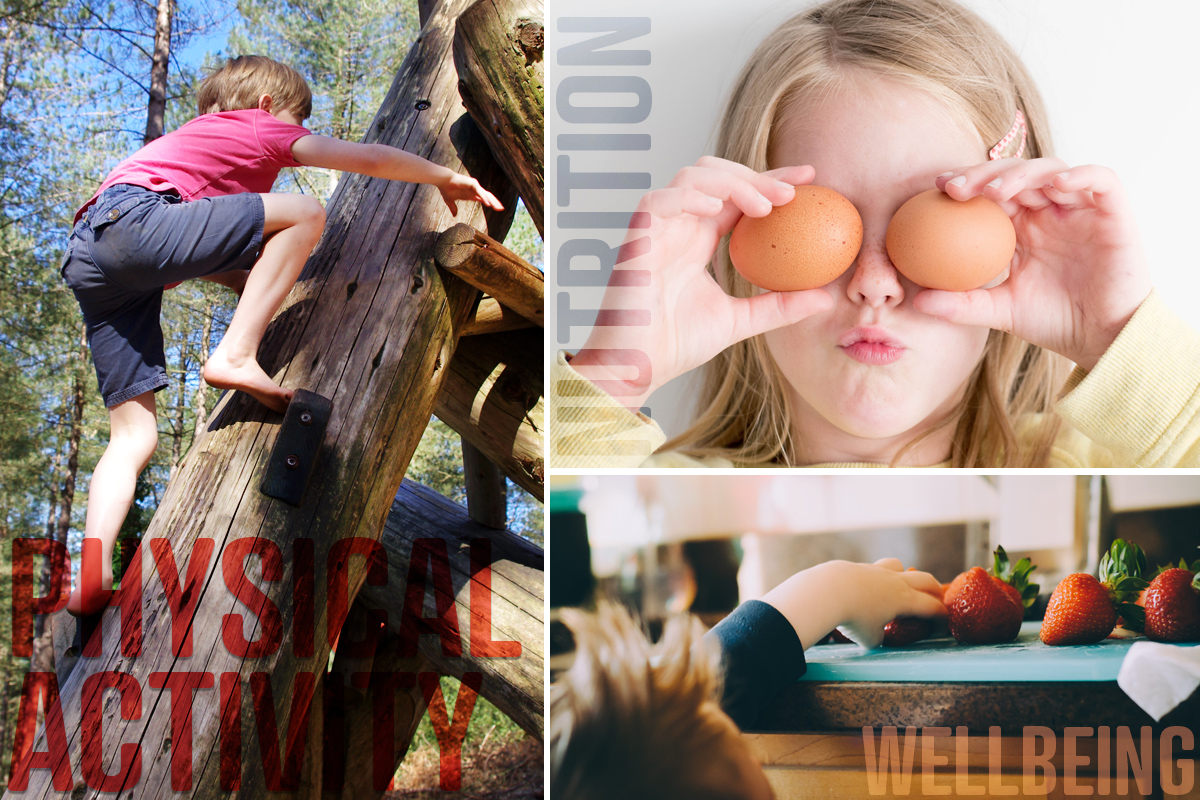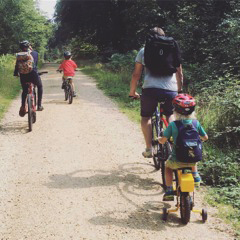Combating childhood obesity

Do we have a role in combating childhood obesity?
How do you tackle childhood obesity in your setting? Does it genuinely impact on daily life or does it feel tokenistic? Is there a holistic approach or is it yet another strategy to implement?
According to the Government’s plan for action to combat childhood obesity, nearly a third of children aged 2-15 are overweight or obese[1].
‘Government, industry, schools and the public sector all have a part to play in making food and drink healthier and supporting healthier choices for our children. The benefits of reducing obesity are clear – it will save lives and reduce inequalities.’
The plan is the ‘start of a conversation, rather than the final word’, as is this blog. It’s rather formal and dry. We need to look at it from the child’s perspective. How can we engage them? How do we make it fun?
Make healthy choices a habit
Obesity can be a complex area, the language, cost and time involved when making healthy choices can be overwhelming for many families (Gateley[2]). One of our challenges as educators is to simplify. By making it fun and embedded hopefully we can set the foundations so that making healthy choices becomes a habit, with significant benefits on child development.
Dr Manners (2016)[3] lists four main determinants of childhood obesity:
- Healthy nutrition
- Engagement in physical activity
- Sleep
- Sedentary behaviours
Let’s look at 3 of these in practice.
Involving children in cooking
Involving the children helps to shape future eating habits. It supports the ‘lifespan approach’[3] that lifestyle choices need to start at a young age; intervention is too late. Children love to help in the kitchen, and we can teach healthy food choices alongside food preparation. My eldest learnt to make basic pasta sauces aged 9, knowing that the individual ingredients all add to a healthy lifestyle. Both know that we all need to contribute to the household; cooking meals regularly. The week that the 10-year-old made a pizza from scratch (alone) the 7-year-old got out the cookbook. Imagine my surprise when his choice was fish pie!
We can incorporate this into homes roleplay. Often they take on the role of the carer, but why not model that it isn’t just the adult cooking. Parents will be eternally grateful if the kids go home offering to prepare supper! Furthermore, if we steer away from ‘cooking’ play cakes and make sauces and meals too, much healthy discussion can be had.
Obesity experts say parents are struggling with a multitude of problems when it comes to their child’s weight. They range from a lack of education about food, limited cooking skills, lack of money to buy healthy food, long working hours, easy access to snack food and pester power. Maybe we can help in our settings? We can certainly try to shift the pester power and snack choices!
Physical activity at home
There are of course specific physical activities, but it doesn’t have to be formal exercise. Take a few minutes to list mentally all the activities your child might do in a day. What opportunities do the children have to be physically active, not just busy?
It’s surprising how many of these are physical; as children engage in hands-on and creative play, both indoors and out, there is an abundance of active learning.
When home-educating, most days started with yoga[4]; valuing our physical and mental wellbeing. It’s something now embedded in our lifestyle and weekly routine. In addition to this, escaping for a run or an exercise class can be guilt-free; it’s setting an example[5] – justification should you need it!
Active learning at school
At least 30 minutes of moderate to vigorous physical activity should be delivered in school every day in addition to weekly PE slots. Kitcamp’s modular play equipment can facilitate this. The simple construction of roleplay areas with Kitcamp creates an instant physical active resource as children work as a team to build, lift, climb, manoeuvre. Kitcamp’s Toolkits are a very useful resource encouraging creativity and movement, with our Active series focusing on movement in school.
A great phrase to keep in mind as children play is to “keep the belly button on the move!”[3].
Sedentary behaviours
A variety of media sources tell us that children are having 6 hours of screentime per day. How are there even 6 hours to spare? Do they not eat?! For us that would mean coming home from school and jumping onto the ‘screen’ immediately – continuing until 10 pm. Highly unlikely. Worryingly, evidence suggests that children who experience 8 hours or more of screen time per week have a higher risk of obesity aged 8[3]. Scientists from the University of Montreal claimed every extra hour of television that a toddler watches each week adds to their waist size by the time they turn 10. Shocking!
 If we can be habit forming, an inevitable outcome of more exercise and physical play is that screentime becomes limited. Consequently, physical and creative play further increases as children seek out more varied play opportunities. My son had an interesting theory when starting bikeability. He concluded that those without bikes must spend all their time on iPads and XBoxes… oops! Maybe I say too much?! He may be onto something; a study in 2012 suggested that up to 75% of junior school children preferred to stay at home than go to their nearby park[2].
If we can be habit forming, an inevitable outcome of more exercise and physical play is that screentime becomes limited. Consequently, physical and creative play further increases as children seek out more varied play opportunities. My son had an interesting theory when starting bikeability. He concluded that those without bikes must spend all their time on iPads and XBoxes… oops! Maybe I say too much?! He may be onto something; a study in 2012 suggested that up to 75% of junior school children preferred to stay at home than go to their nearby park[2].
I’ll suggest he doesn’t share these thoughts with friends, whereas I will continue to regulate screen time, keep the garden door open and capitalise on the kitchen help. Now, where is that kid’s cookbook?

